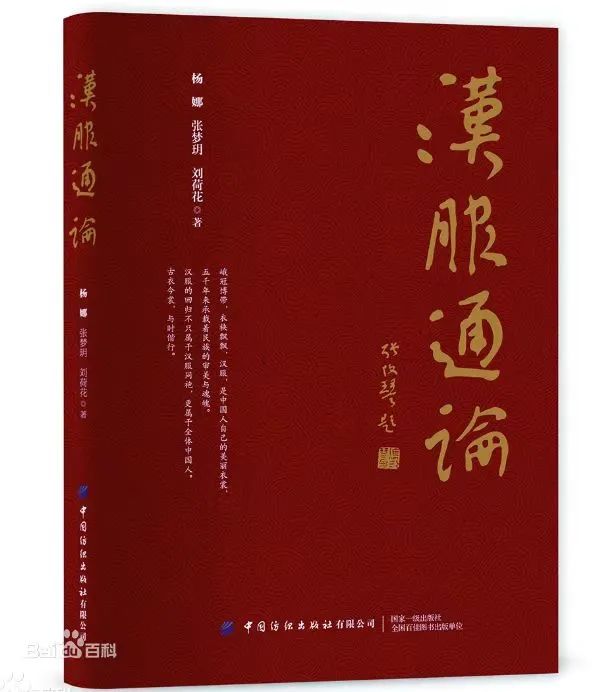raditional Chinese opera, similar to drama, appeared as early as ancient China. During the Song Dynasty, people would go to and from entertainment venues such as tile houses to watch performances. At the end of the Qing Dynasty, the opera garden provided a more concentrated place for people to watch the opera and listen to the music.

Performers on the stage will choose costumes with character characteristics to play in order to fit their roles. Later, different regional operas formed different opera styles. According to the local people's understanding and cultural differences, the makeup and costumes of the dramas were naturally different.

Generally speaking, the costumes of Kunqu Opera, which we are familiar with, are based on the daily costumes of ancient people with many exaggerated or prop embellishments to better interpret the identity or status of the characters. According to the difference of "Sheng, Dan, clean and ugly", there will be iconic makeup.
It can be seen that since ancient times, there has been a difference between the costumes of people watching from the stage and those performing on the stage. What people wear to meet the needs of life is what we call daily Hanfu, and what performers wear to attract the audience's attention is the costume in traditional culture.
Hanfu and film and TV drama costumes
Today, with the development of technology and the change of people's demand for cultural entertainment, the more restored the costumes in costume dramas, the more they can win the audience's favor. Therefore, many costume dramas strive to restore the costume to the daily life.

And there are some problems along the way. On the one hand, although the costumes of some ancient or fairy dramas are exaggerated, they are not like the traditional opera costumes that have undergone artistic treatment at first glance, leading people to think that such costumes are also Hanfu.
We need to note that in ancient times, Hanfu would be divided into casual clothes, ordinary clothes, formal clothes and so on. There are obvious differences and regulations in the shape and system of Hanfu in different occasions.
But the costume is more about visual effects, and the shape is fundamentally different from that of Hanfu. Jewelry and clothing on the pattern, material, color collocation are very different from the daily Hanfu, and even Western-style design and embellishment.

On the other hand, some ancient clothes are not rigorous in the process of restoration, and some details violate the basic characteristics of Hanfu, such as "right skirt", which leads to people's dissatisfaction after long-term contact and lack of understanding of the connotation of Hanfu culture.
In this regard, as an audience, we need to have a certain "tasting ability". First of all, we need to understand the basic shape requirements of Hanfu, which can provide a standard for interested partners to distinguish.
In general, the biggest difference between Hanfu and costume lies in its use, whether it is a costume in opera or a costume in modern film and television drama, it is a kind of artistic presentation. The popularization and life of Hanfu is still based on daily dressing needs. Therefore, let us sharpen our eyes, correctly understand the culture of Hanfu clothing, enjoy the art while adhering to the realistic tradition.
You may discover and share more Hanfu at here:
www.shophanfu.com

